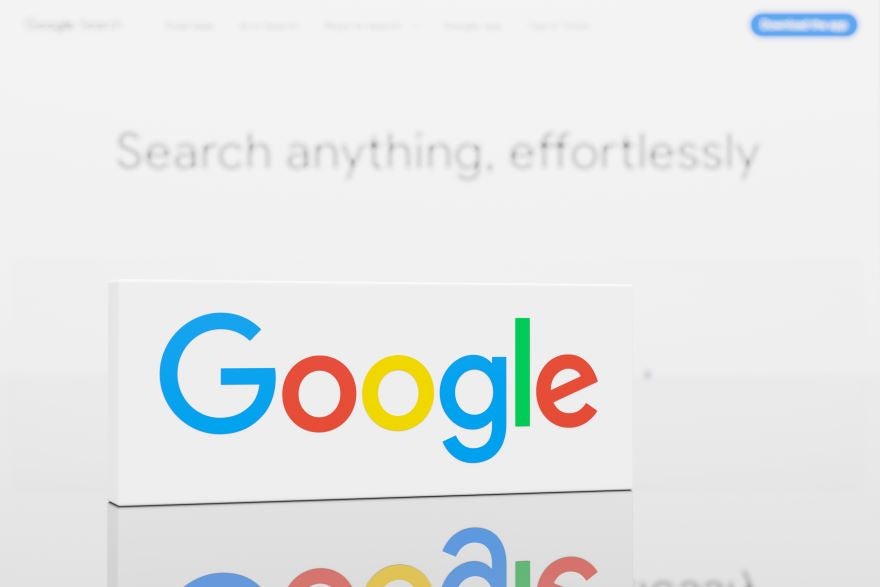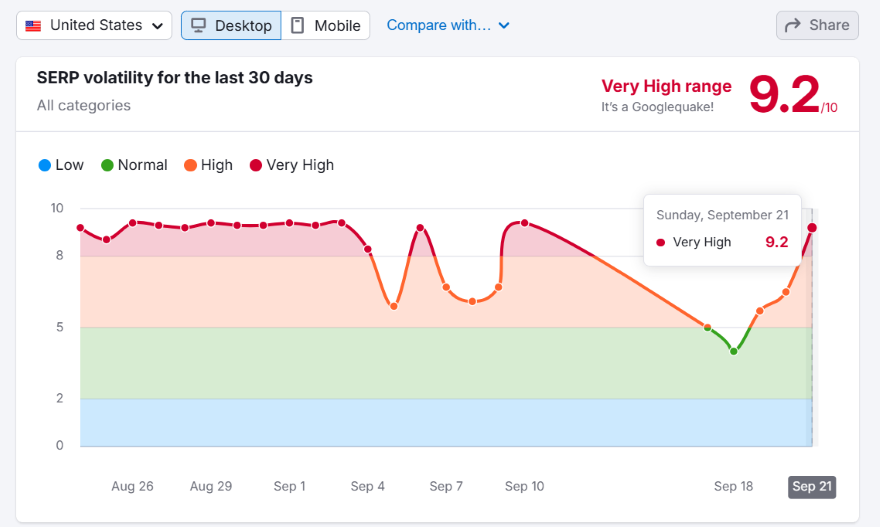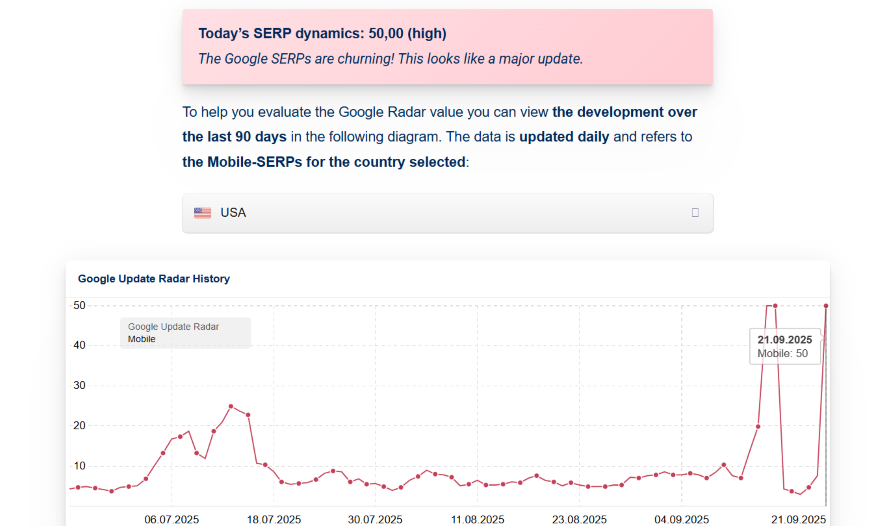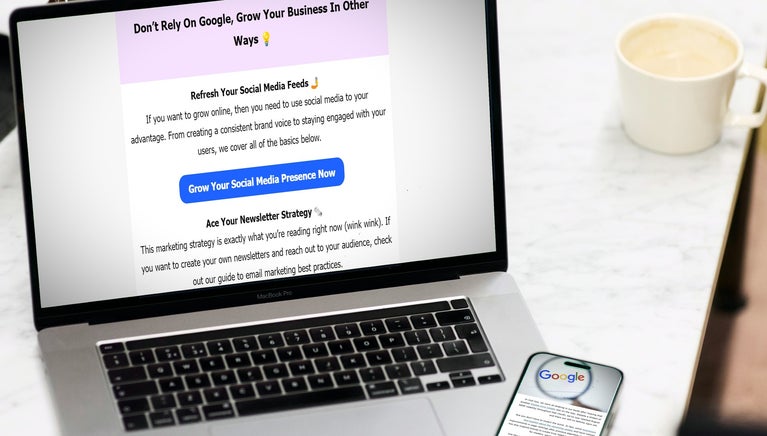Did Google’s August 2025 Spam Update Impact Your Website?
We may receive a commission from our partners if you click on a link and purchase a product or service on their website. Learn more

Today, Google updated its status page and revealed that the 2025 spam update ended at 23:14 PDT. The update began on August 26 and ended on September 21, spanning three weeks and five days in total.
If you’re concerned about your website’s rankings, I’ll explain what we know about the update’s impact so far, alongside any next steps your business should take.
How Might Google’s Spam Update Impact Your Website?
According to Google Search Central on LinkedIn, Google’s algorithm underwent “a normal spam update” to penalize websites using spammy practices, such as content scraping and purchasing links. So, this update shouldn’t have had a huge impact on your rankings unless Google detected spam on your website.
If you’ve used spammy practices, knowingly or unknowingly, your rankings could drop significantly or be removed from search results altogether.
I noticed significant search volatility throughout the update, which is supported by the following SERPs trackers:


As we’ve seen with past updates, like the June 2024 spam update, search fluctuations often continue for a week after updates finish rolling out. For this reason, continue to keep a close eye on your search rankings to see if you’ve been affected.
How Should Your Business React?
If your website’s performance has taken a nosedive after this latest spam update, it’s a sign to audit your different webpages and reassess your SEO basics. That said, don’t make any major changes until the SERPs have stabilized again. Ideally, you’ll want to wait at least one to two weeks after an update has finished.
During your audit, these are the key areas you should assess:
- Your link building strategy: Based on Google’s official best practices, you should avoid buying or selling links to improve your rankings, or taking part in excessive link exchanges for the sake of cross-linking.
- Content quality: Don’t publish AI-generated content without overseeing its quality first. Great content should be unique, draw from your firsthand experiences, and contain valuable information that clearly answers audience queries.
- Text size: A common spammy practice is hiding text within a page to manipulate search engines. Make sure that you’ve not accidentally placed any white text on a white background, or have any small, hidden links.
- Keyword frequency: Keyword stuffing is a black hat SEO practice that involves forcing keywords into your content to try and increase your rankings. Instead, your keyword placement should feel organic and make sense to your website visitors.
However, regardless of your rankings after the update, it’s good practice to audit your website’s content a few times a year. If you want to maintain your website’s health, you need to ensure that you’re following Google’s official guidelines and continue to provide your audience with a great user experience.





Leave a comment